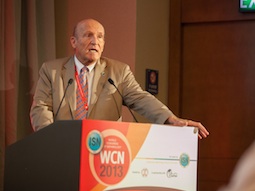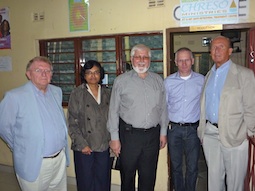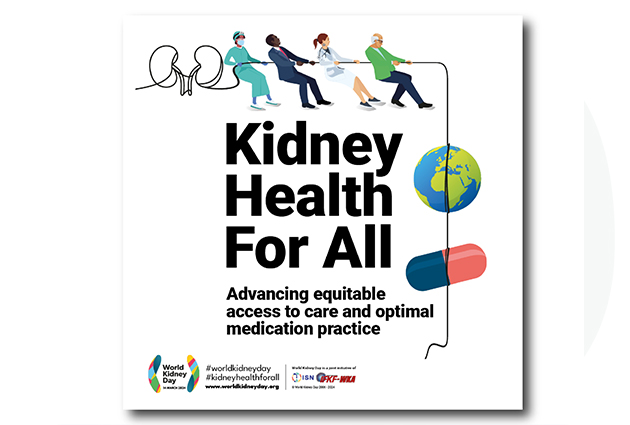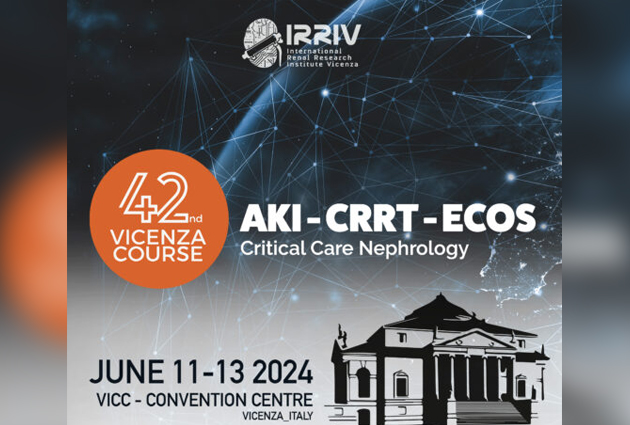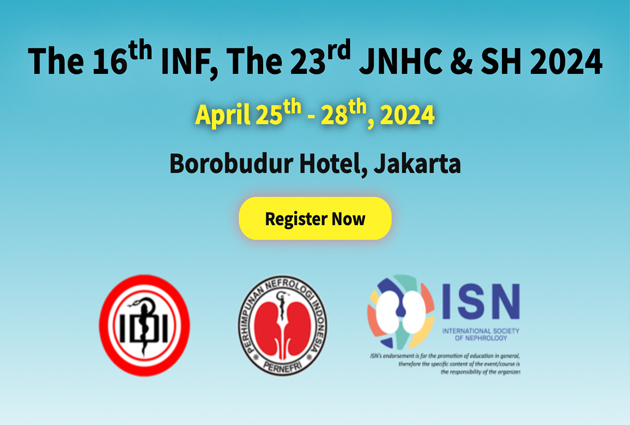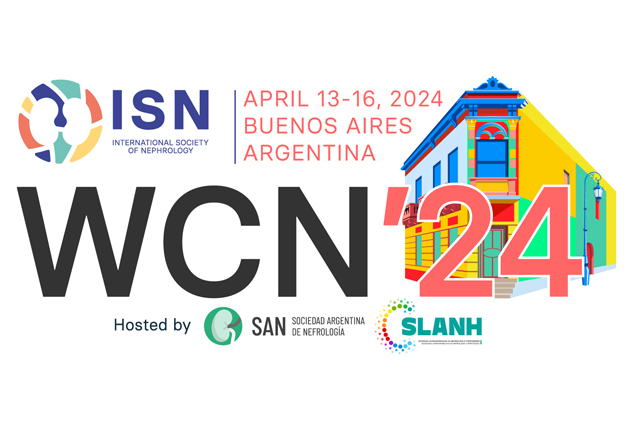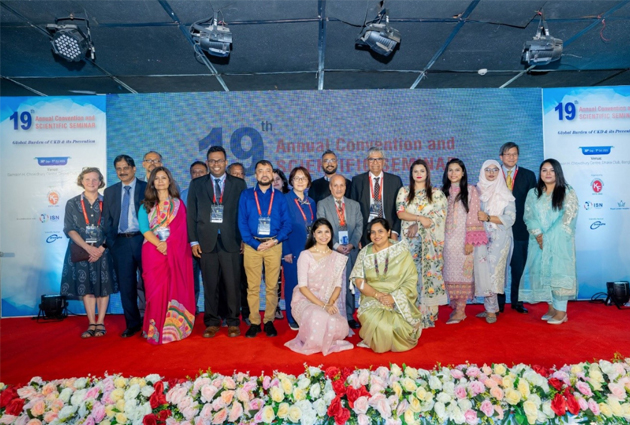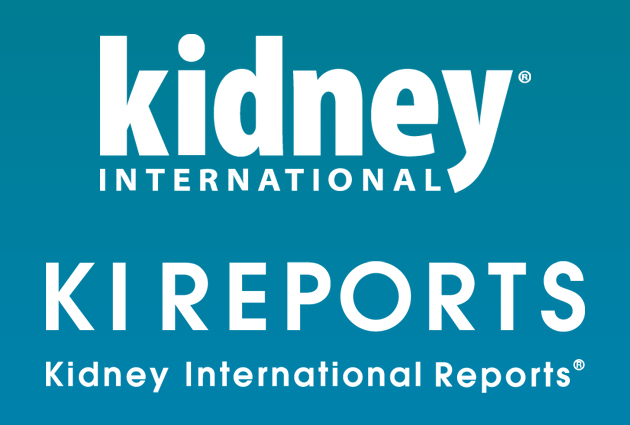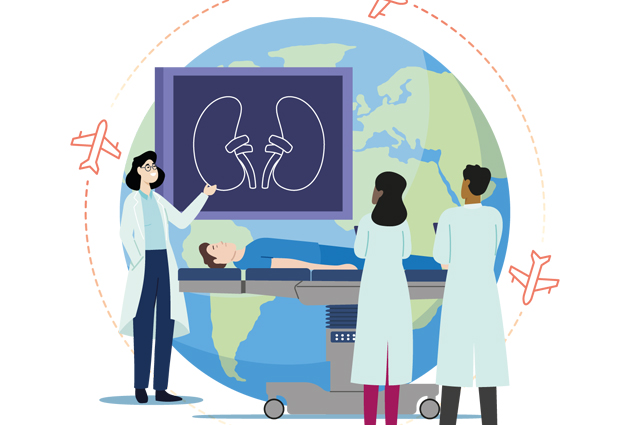Looking back
ISN’s Global Outreach Program Chair shares how he has seen the programs grow from strength to strength.
William Couser has now completed 12 years on the ISN Executive Committee including 6 years as Chair of the ISN Global Outreach (GO) Programs. As he passes on his duties to ISN Past President John Feehally, it is an experience he is truly proud and grateful for.
“Traveling multiple times to the eight regions of the developing world that ISN and GO serve was an unparalleled learning and teaching experience that few are fortunate enough to have. There are many vivid and enduring impressions I will take away from those events. The biggest is one of enormous respect and appreciation for ISN itself,” William Couser says.
“The GO Core Committee chairs devote remarkable amounts of time to making their individual programs work and evolve. I can point with pride and satisfaction to young physicians who have returned after ISN fellowship training to become the first nephrologists in their native countries,” he continues.
It doesn’t stop there. William Couser has seen many Sister Renal Center links develop transplant programs in countries where none existed six years ago. Many practicing physicians in developing countries have attended their first ever educational event featuring international speakers because they had easy access to an ISN CME. Institutions in emerging countries have done credible and sustained epidemiologic research because of the startup support originally provided by an ISN Research and Prevention grant. Finally, more renal biopsies are now being done and read because of the instruction provided by an ISN GO Educational Ambassador.
In recent years, the ISN GO Regional Committees have taken on ever greater responsibilities. Four of them are now lead by women. The achievements of Haiyan Wang (China) and Helena Zakharova (Russia), as well as men like Omar Abboud (Africa) and others, in encouraging geographic regions to work together in using ISN GO resources to address common needs have been extremely rewarding to witness.
“Going regularly to each of these regions I was also constantly reminded that in every developing country someone before us did the first dialysis, organized the first transplant, performed the first biopsy, taught the first classes on renal physiology and began the first program to train physicians in our relatively new discipline. In each region, some pioneer overcame very significant obstacles to begin or advance nephrology and save the lives of kidney patients,” he adds. These amazing achievements are now recognized thanks to the ISN Pioneer Awards developed by Dr. Couser.
“There are many other individual impressions – working with Riyad Said and Norbert Lameire to put on the first ever nephrology meeting and ISN GO CME in Palestine, meeting the current Prime Minister of India to discuss the importance of preventive care to reduce ESRD in the largest democracy in the world, mobilizing GO connections in 2011 to persuade the World Health Organization to, belatedly, mention renal disease on its list of major non-communicable diseases, launching the first World Kidney Day in 2006 and
watching it grow exponentially worldwide every year since – all of
these have been highlights of my ISN and GO experiences.”
However, seeing the many generously donated but unused dialysis machines in some African countries because of insufficient trained people to use or repair them was a stark reminder of how far we still have to go. And witnessing patients with very limited resources started on dialysis for only a few weeks or months until all of their money is transferred to the pockets of providers before the patients are left to die is a brutal reminder of the fact that unregulated availability of renal replacement therapy in poor countries can sometimes create more problems for individual patients and their families than it solves.
“I complete my term as GO chair with a clear recognition that “advancing nephrology worldwide” is a slow process of pyramid building in which we each add our small bricks to a slowly growing structure so that others in the future may build on top of us toward a long-term goal of preventing kidney disease entirely. I have a profound sense of gratitude for the opportunity to add my own brick to the pyramid and for those many people who helped me to lift and carry it over the past 6 years,” he concludes.
